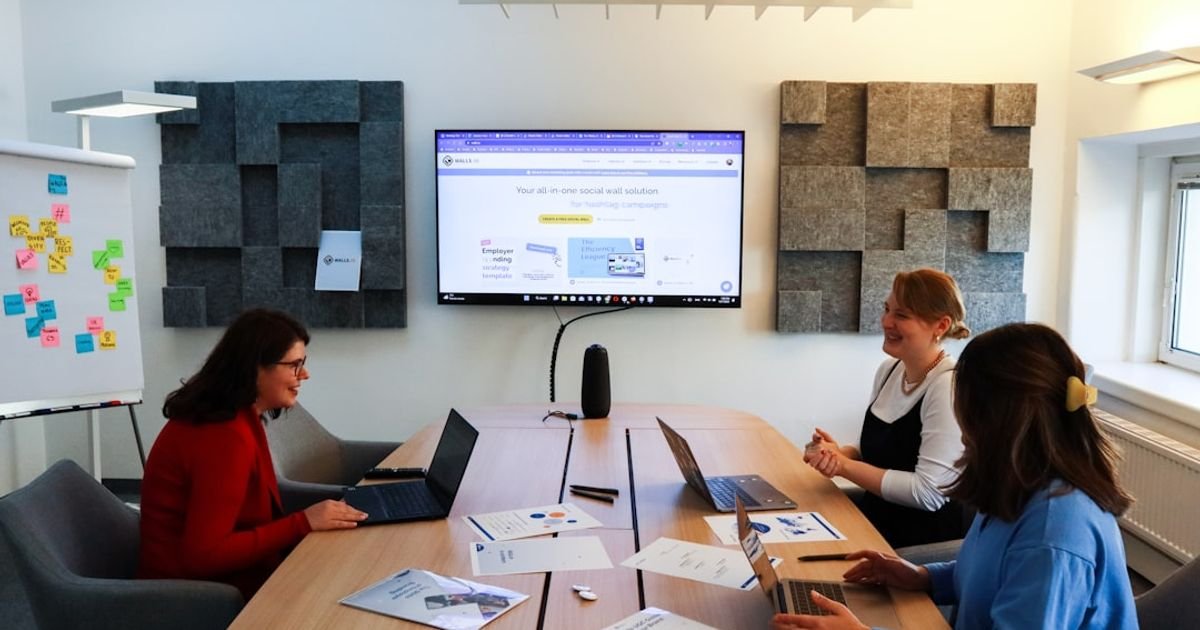About Prompt
- Prompt Type – Dynamic
- Prompt Platform – ChatGPT, Grok, Deepseek, Gemini, Copilot, Midjourney, Meta AI and more
- Niche – Specific AI Platform
- Language – English
- Category – Language Translation
- Prompt Title – Veo 3 AI Prompt for Real-Time Language Translation in Meetings
Prompt Details
This prompt is designed for real-time language translation in meetings, adaptable across various AI platforms with language processing capabilities. It aims to provide highly accurate, contextually relevant, and fluent translations while minimizing latency. The dynamic nature of this prompt allows it to adapt to the evolving conversation and provide improved translations as the meeting progresses.
**Prompt Structure:**
“`
## Real-Time Meeting Translation
**Meeting Context:** {{meeting_context}}
**Source Language:** {{source_language_code}}
**Target Language:** {{target_language_code}}
**Speaker Turn Identifier:** {{speaker_turn_identifier}}
**Current Speaker:** {{current_speaker_name}}
**Utterance:** {{current_utterance}}
**Previous Utterances (Last 5):** {{previous_utterances_list}}
**Meeting Domain/Topic:** {{meeting_domain}}
**Translation Preferences:** {{translation_preferences}}
**Instructions:**
1. **Translate** the current utterance (`{{current_utterance}}`) from the source language (`{{source_language_code}}`) to the target language (`{{target_language_code}}`).
2. **Consider Context:** Utilize the provided `{{meeting_context}}`, `{{previous_utterances_list}}`, and `{{meeting_domain}}` to ensure accurate and contextually relevant translation. Prioritize understanding the overall conversation flow and the specific topic being discussed.
3. **Maintain Speaker Identity:** Clearly indicate the speaker (`{{current_speaker_name}}`) for each translated utterance. Output should follow the format: `{{current_speaker_name}}: {{translated_utterance}}`.
4. **Handle Interruptions and Incomplete Sentences:** Real-time conversations often involve interruptions and incomplete sentences. Attempt to provide a meaningful translation even if the utterance is incomplete, marking it as “[Incomplete]” if necessary. Example: `{{current_speaker_name}}: {{translated_utterance}} [Incomplete]`
5. **Formal vs. Informal Tone:** Adapt the translation to match the tone of the original utterance and the overall meeting context.
6. **Technical Terminology:** If the `{{meeting_domain}}` indicates a specific technical field (e.g., “Medical,” “Engineering,” “Legal”), prioritize accurate translation of technical terms. If specific glossaries or terminology databases are available, utilize them.
7. **Latency Optimization:** Provide the translation as quickly as possible to minimize delays in the real-time conversation.
8. **Error Handling:** If the utterance cannot be translated due to any reason (e.g., unrecognized language, technical failure), output a clear error message: “Error: Unable to translate utterance.”
9. **Dynamic Adaptation:** Continuously learn from previous utterances and context to improve the quality and accuracy of subsequent translations throughout the meeting.
10. **Apply Translation Preferences:** Adhere to the specified `{{translation_preferences}}`. This can include instructions like “Formal Tone,” “Maintain Original Sentence Structure,” “Prefer Literal Translation,” etc.
**Output:**
“`text
{{current_speaker_name}}: {{translated_utterance}}
“`
**Example:**
**Meeting Context:** Discussing project timelines for a new software product.
**Source Language:** en (English)
**Target Language:** es (Spanish)
**Speaker Turn Identifier:** Speaker 3
**Current Speaker:** John
**Utterance:** We’re a bit behind schedule on the UI development.
**Previous Utterances (Last 5):** [“The backend development is on track.”, “We’ve completed all API integrations.”, “Testing will begin next week.”, “Marketing materials are ready for review.”, “Are there any roadblocks we need to address?”]
**Meeting Domain/Topic:** Software Development
**Translation Preferences:** None
**Output:**
“`text
John: Estamos un poco atrasados con el desarrollo de la interfaz de usuario.
“`
**Explanation of Placeholders:**
* `{{meeting_context}}`: A brief summary of the meeting’s purpose and overall topic.
* `{{source_language_code}}`: ISO 639-1 language code of the source language.
* `{{target_language_code}}`: ISO 639-1 language code of the target language.
* `{{speaker_turn_identifier}}`: Unique identifier for each speaker’s turn.
* `{{current_speaker_name}}`: Name of the current speaker.
* `{{current_utterance}}`: The text to be translated.
* `{{previous_utterances_list}}`: A list of the last few utterances in the conversation.
* `{{meeting_domain}}`: The general topic or domain of the meeting (e.g., “Finance,” “Marketing”).
* `{{translation_preferences}}`: Specific instructions regarding translation style or preferences.
This structured and dynamic prompt empowers AI platforms to perform more accurate and context-aware real-time translations in meetings, enhancing communication and collaboration across language barriers. By adapting to the evolving conversation and incorporating previous utterances, the prompt promotes greater fluency and understanding in multilingual meeting environments.

